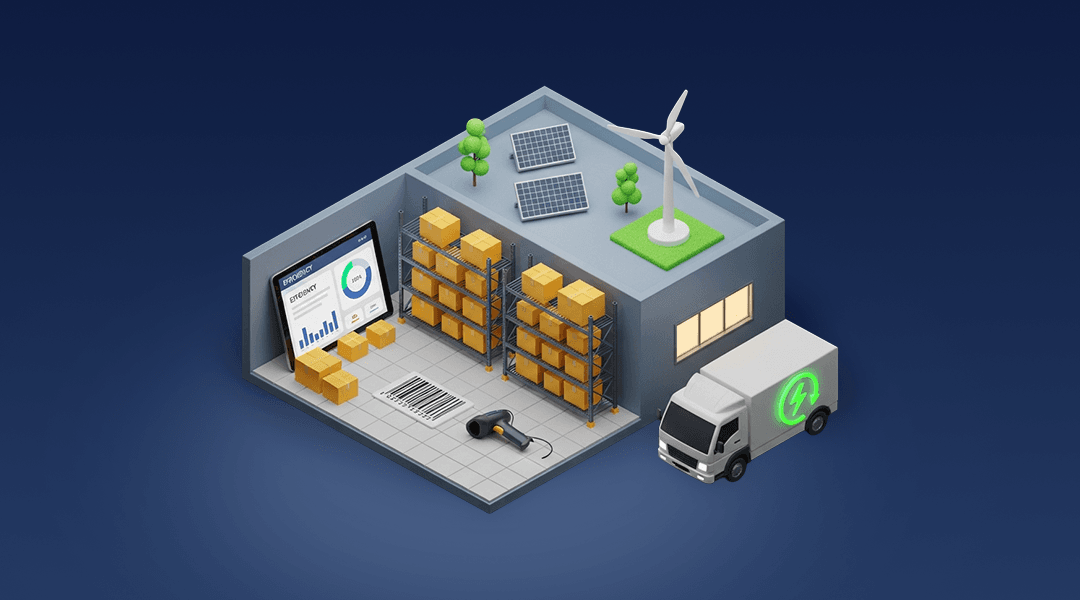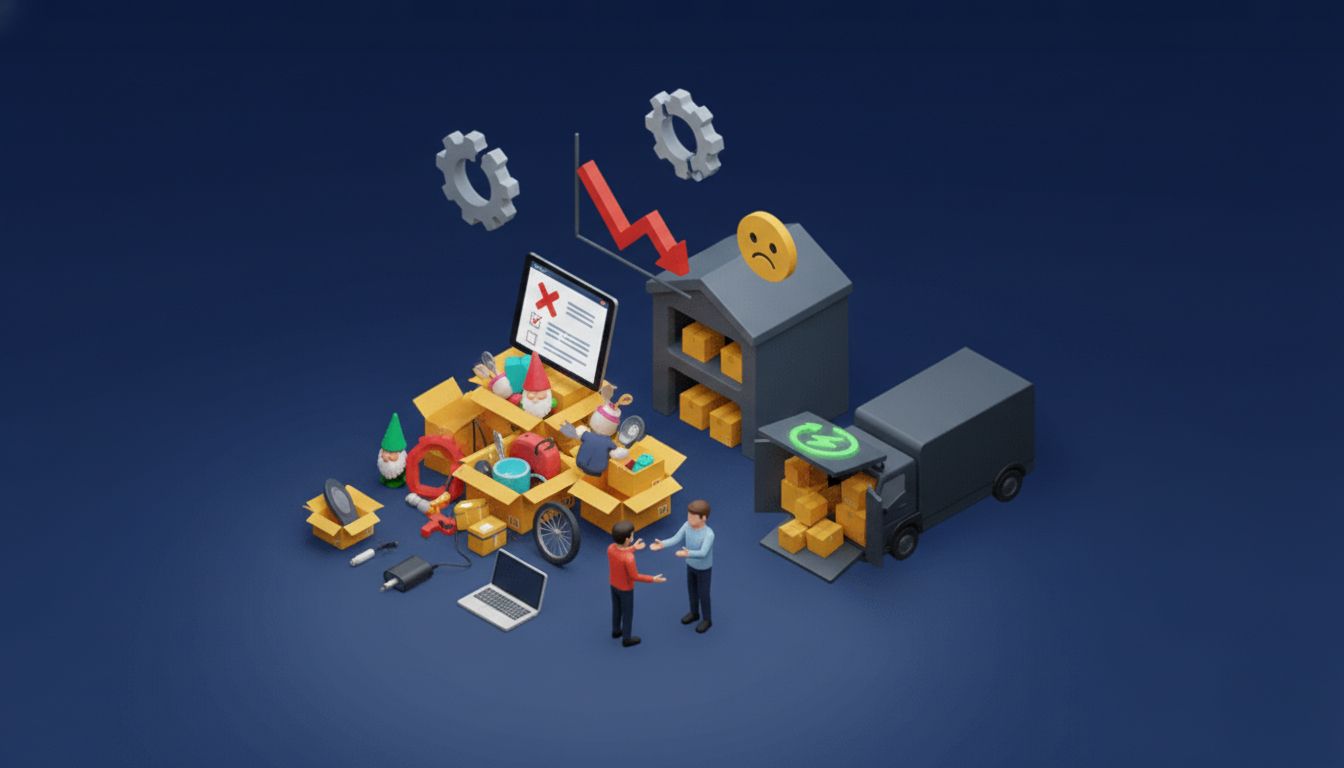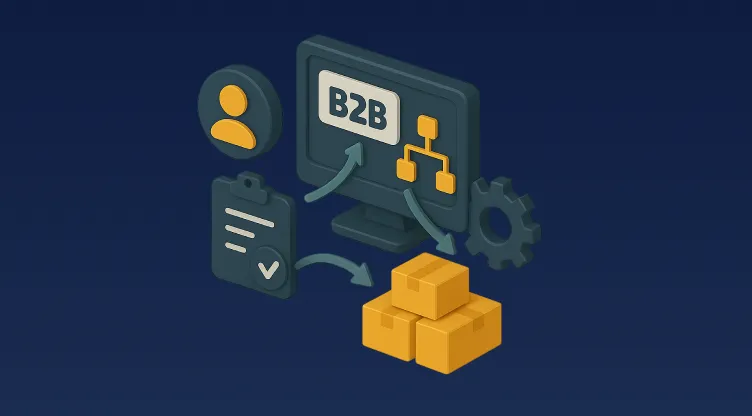POS vs. E-Commerce Checkout: Creating a Unified Shopping Experience

Table of Contents
Retail Synergy Snapshot
- POS systems handle in-store transactions, while e-commerce checkouts power online sales.
- Integrating these systems ensures a consistent shopping experience.
- Real-time data helps reduce errors and improves inventory accuracy.
- Personalised marketing increases sales and customer loyalty.
- Unified systems streamline operations and cut costs.
Introduction: The Evolution of Retail
Retail is no longer just about physical stores or online platforms – it’s a blend of both. Shoppers today expect a seamless experience, whether they’re browsing in-store or checking out online. They want the freedom to switch between channels without any friction. This has made it essential for businesses to connect their point-of-sale (POS) systems with their e-commerce platforms.
Integrating these two systems isn’t just a technical upgrade – it’s a strategic move that can boost sales, enhance customer satisfaction, and strengthen your brand. In this guide, we’ll break down what POS and e-commerce checkouts are, why blending them is critical, and how to do it effectively.
What is a POS System?
A point-of-sale (POS) system is a technology used in physical stores to handle customer purchases. It combines hardware like card readers, barcode scanners, and cash drawers with software that tracks sales, manages inventory, and captures customer data.
Key Features of Modern POS Systems:
- Real-time inventory updates to prevent stockouts.
- Customer data collection for personalised marketing.
- Support for multiple payment methods, including mobile and contactless options.
- Advanced sales reporting for smarter decision-making.
- Integration with e-commerce platforms for unified stock management.
For a closer look at advanced POS systems, visit the Omniful POS page.
What is an E-Commerce Checkout?
E-commerce checkouts handle digital transactions. They are the digital counterpart to POS systems, designed for online shopping. These systems manage payments, capture customer information, and integrate with marketing tools.
Key Features of E-Commerce Checkouts:
- Secure payment processing for credit cards, digital wallets, and buy-now-pay-later (BNPL) options.
- One-click checkout and saved payment methods for faster conversions.
- Real-time stock updates to reduce overselling.
- Integration with customer relationship management (CRM) tools for better insights.
- Data collection for targeted marketing and personalised shopping experiences.
Why Blending POS and E-Commerce Systems is Crucial
Integrating POS and e-commerce checkouts isn’t just about technology – it’s about building a seamless shopping experience that keeps customers coming back. Here’s why it’s essential:
1. Consistent Shopping Experience
Customers want a smooth, consistent experience whether they shop in-store or online. Integrated systems ensure accurate pricing, consistent promotions, and real-time inventory updates across all channels.
2. Better Inventory Management
Integrated platforms reduce the risk of overselling by providing real-time stock updates. This means fewer order cancellations and happier customers. Explore the Omniful Inventory Management System for precise stock control.
3. Centralised Customer Data
Linking these systems creates a single customer database. This data can be used for personalised marketing, better customer service, and improved loyalty programs.
4. Flexible Payment Options
Offering multiple payment methods, from cash to digital wallets, reduces cart abandonment and boosts sales.
5. Simplified Operations
Integrated systems streamline order processing, reduce manual data entry, and cut operational costs.
How to Blend POS and E-Commerce Systems
Creating a unified retail system requires careful planning and the right technology. Here’s how to do it:
Centralise Inventory Management
Use a single platform to track inventory across all sales channels. This reduces overstock, prevents stockouts, and ensures accurate order fulfilment. Advanced platforms like Omniful offer real-time updates for precise stock control.
Connect Customer Data
Combine your POS and e-commerce platforms into a single customer database. This allows for personalised marketing, better customer service, and improved loyalty programs.
Offer Flexible Payments
Customers want choice. Support a wide range of payment methods, including contactless payments, mobile wallets, and buy-now-pay-later options.
Real-Time Order Sync
Ensure that all orders are synced across channels for faster processing and fewer errors. Learn how Omniful’s Order Management System can simplify this process.
Maintain Consistent Branding
Your customers should see a consistent brand message across all touchpoints. This includes your website, in-store displays, and digital marketing.
Challenges of Blending POS and E-Commerce Systems
Integrating these systems isn’t without its challenges. Here’s how to overcome them:
- Data Silos: Use integrated platforms to consolidate customer and sales data.
- Inventory Inaccuracy: Invest in real-time tracking to avoid costly stock errors.
- Security Risks: Use PCI-compliant systems to protect customer data.
- Staff Training: Ensure your team is comfortable handling both online and offline sales.
Future Trends in Unified Retail Experiences
As customer expectations evolve, so do the technologies supporting unified retail. Here are some trends to watch:
- AI-Driven Personalisation: Use AI to personalise recommendations and improve the customer journey.
- Voice Commerce: Simplify checkout with voice-activated commands.
- Augmented Reality (AR): Blend physical and digital experiences for virtual try-ons.
- Predictive Analytics: Use data to forecast demand and optimise stock levels.
FAQs - Blending POS and E-Commerce Checkout
1. Why should I integrate my POS and e-commerce systems?
It creates a seamless customer experience, reduces costs, and builds customer loyalty.
2. How does real-time inventory tracking help?
It prevents stockouts, reduces holding costs, and improves order accuracy.
3. What are the benefits of centralising customer data?
It enables personalised marketing, better customer service, and stronger customer relationships.
4. How can I reduce cart abandonment?
Offer flexible payment options, faster checkout, and personalised recommendations.
5. What’s the future of unified retail systems?
Expect more AI-driven personalisation, voice commerce, and seamless mobile integrations.
Conclusion: Building the Future of Retail
Blending POS and e-commerce systems is no longer optional. It’s a must for modern retail. It boosts customer satisfaction, cuts costs, and drives sales. Platforms like Omniful make it easy to connect every part of your retail operation, ensuring a seamless shopping experience for your customers.























